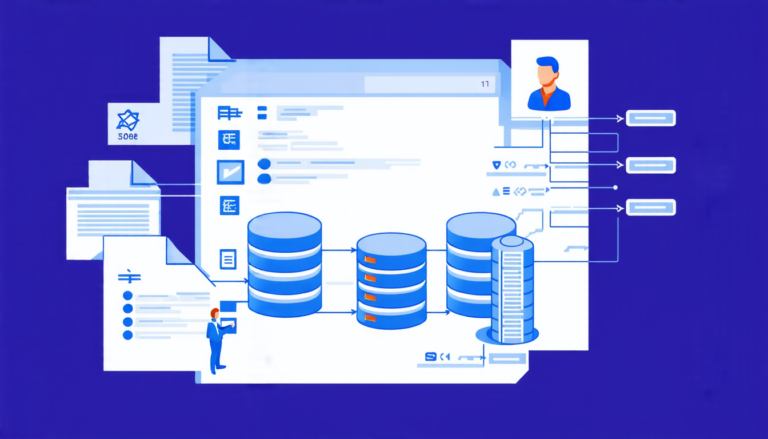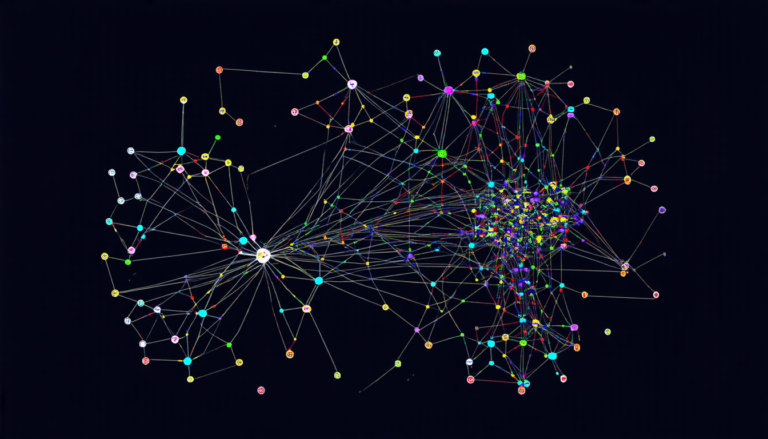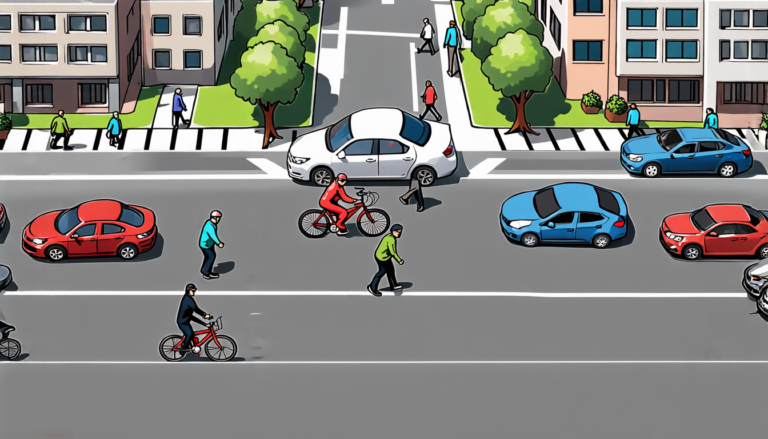Saturday 13 September 2025
A new framework for ensuring safe and reliable autonomous systems has been unveiled, promising to revolutionize the way we design and develop self-driving cars, drones, and other robots.
The system, known as SET Perceptual Factors Framework, is a comprehensive approach that tackles one of the biggest challenges facing autonomous technology: perception. Perception refers to the ability of an autonomous system to accurately interpret its environment through sensors such as cameras and lidar. However, this process can be severely impaired by factors such as weather conditions, lighting, and even the design of the sensor itself.
The SET framework addresses these issues by identifying the sources of perceptual failures and modeling how they affect the system’s performance. This is achieved through a hierarchical structure known as a SET State Tree, which categorizes the various sources of uncertainty into three branches: self (the perceiving agent), environment, and target (the object or phenomenon being perceived).
The framework also includes a SET Factor Tree, which models how these sources of uncertainty interact with each other to produce perceptual failures. For example, glare from the sun can cause an autonomous car’s camera to misinterpret its surroundings, leading to errors in navigation.
By identifying and modeling these factors, the SET framework provides a clear language and structure for communicating how perceptual failures arise and how they impact system performance. This information can be used to design more robust and reliable systems, as well as to develop targeted strategies for mitigating specific types of perceptual failures.
The potential benefits of the SET framework are vast, from improving the safety and reliability of autonomous vehicles to enhancing the efficiency and effectiveness of drones and other robots. By addressing the complex and often subtle issues surrounding perception, the SET framework offers a crucial step towards widespread adoption of autonomous technology.
One of the key advantages of the SET framework is its ability to provide a common language for discussing perceptual failures. This can help to improve communication between developers, users, and regulators, as well as facilitate the sharing of knowledge and best practices across different industries and applications.
The framework’s hierarchical structure also allows it to be easily adapted to a wide range of scenarios and environments, from urban streets to remote wilderness areas. By considering the complex interplay of sources and factors, the SET framework can help to ensure that autonomous systems are designed with robustness and resilience in mind.
In short, the SET Perceptual Factors Framework offers a powerful new tool for ensuring safe and reliable autonomous systems.
Cite this article: “SET Perceptual Factors Framework: A New Standard for Ensuring Safe and Reliable Autonomous Systems”, The Science Archive, 2025.
Autonomous, Perception, Robustness, Reliability, Safety, Uncertainty, Modeling, Framework, Sensors, Self-Driving







